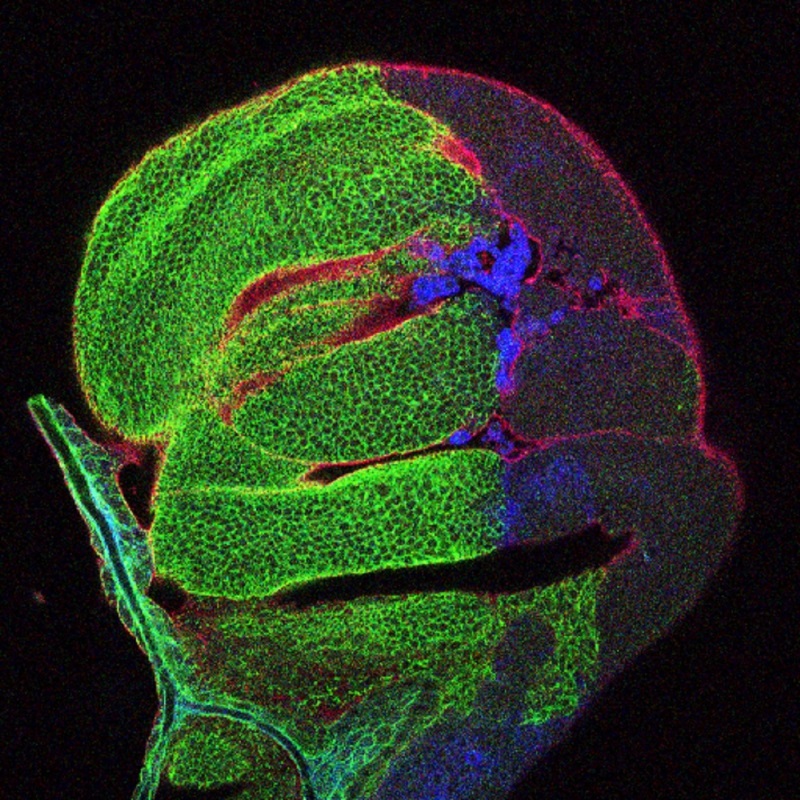We highlight some recent papers in microbiology, neuroscience and bioinformatics to help you decide if your next submission should be to peer reviewed open access journal; Open Biology.

We highlight some recent papers in microbiology, neuroscience and bioinformatics to help you decide if your next submission should be to peer reviewed open access journal; Open Biology.
Choosing the right journal to publish your research can be complex. Not all research is right for tightly defined journals, and here at Royal Society Publishing we have a commitment to journals with a broad scope that can widely disseminate peer reviewed work and win new readers for innovative ideas. But we know it can difficult for researchers to know what kind of papers we’re looking for. In this blog we highlight some recent papers in microbiology, neuroscience, and bioinformatics, three areas where we’re actively looking to grow, to help you know if your research in these exciting fields might be a good fit for Open Biology.
If you’re still finding out about us, you can read the story of Open Biology, and learn how the journal can help you make the most of your paper. Our Editorial board comprises of world-renowned practising scientists who guide the journal so that it serves their respective research communities. They would love to build on the high quality papers we have already published in Neuroscience, Bioinformatics, and Microbiology, three fields that are seeing tremendous change:
Neuroscience
Neural basis of hunger-driven behaviour in Drosophila
Hunger is a mysterious thing. We are all familiar with the feeling of hunger, but what exactly is it? And how does it influence our brain so that we behave differently when we are hungry? In this review article, the authors discuss our current understanding of how hunger is sensed and translated into neural signals using the fruit fly brain as a model, and how these signals modulate peripheral and central neural circuits of the fly to control its feeding and food-seeking behavior. The review forms part of our article collection ‘Celebrating Neuroscience from Academia Sinica’ in Taiwan.
Prediction of response to drug therapy in psychiatric disorders
Approximately 30% of the world’s population will suffer from a psychiatric disorder during their lifetime. In addition to a large economic burden, there is a personal cost; the patients usually experience a decrease in their socio-psychological function, often losing employment and being at an increased risk of suicide. Finding the right treatment is therefore a crucial step in restoring quality of life. In this timely article, the authors analysis a large body of literature to reveal the genomic associations and biomarkers to drug responsiveness. They further suggest a shift towards building classification algorithms that will combine data across multiple fields to provide clinicians with a recommendation for treatment based on shared data acquired from patients across the globe.
Bioinformatics

Tracing the dynamics of gene transcripts after organismal death
Did you know that not all cells die after death? In this fascinating article, researchers discovered that gene transcription increased post-mortem, which is likely due to the genome unwinding as DNA degrades. Interestingly, many transcripts were functionally involved in embryonic development while others were associated with cancer. Their findings can also contribute to the forensics field: using similar methods may add more accuracy in the determination of time of death.
Retrotransposon-induced mosaicism in the neural genome
The DNA of any two brain cells from an individual may differ due to the activity of retrotransposons, a type of “jumping gene”. The resulting mosaicism has attracted growing interest as it could impact neurobiology. In this article, the reviewers analyse the literature proving that retrotransposons are active in the brain and consider how different types of retrotransposons could be of significance to brain development and neurological function. The article also highlights the potential implications of this phenomenon in psychiatric and neurodegenerative conditions.
Microbiology

Immune responses to dengue virus in the skin
Dengue virus (DENV) is a vector-borne human pathogen causing infection in humans, and current estimates place 40% of the world population at risk for contracting disease. What happens when a mosquito infects someone with DENV? How can the body recover from infection? This review discusses the early immune response to DENV and how influencing factors such as mosquito saliva can enhance infectivity.
Predicting virus emergence amid evolutionary noise
Emerging viruses pose a major threat to human populations. However, it is unclear how viruses emerge and whether we can predict the next pandemic. Recent studies have shown that the total universe of viruses – the virosphere – is so large that it is impossible to determine which will emerge next. The authors interestingly demonstrate that trying to predict which virus might emerge next, and where, is likely to be futile. They also argue that a more realistic approach requires the surveillance of viruses at the human-animal interface.
We understand that as a researcher, it is hard to know which areas editors would particularly like to grow, and so we want to be open that we are actively seeking papers in these areas.
High quality, ground-breaking research deserves a broad readership and a large audience. We hope this introduction to published papers in microbiology, neuroscience and bioinformatics will inspire you to submit your next paper to Open Biology.
Image credits:
Main image – Drosophila epithelial-cadherin. Joana Caldeira
2 – Vanitas still life by Giovanni Francesco Barbieri. Wikimedia Commons
3 – Cross section of a Dengue virus showing structural compononents. Wikimedia Commons



